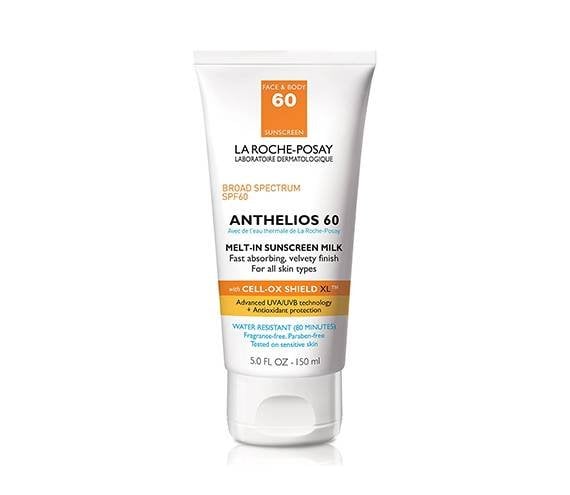Melanoma and Moles: Here’s What to Look For
May 03, 2021
Moles, beauty marks and other skin spots are pretty common features on the skin. Most of the time these spots are harmless, but occasionally they can be life-threatening. To help decipher the differences between benign and malignant patches, we consulted with Dr. Dendy Engelman and Dr. Snehal Amin, NYC-based board-certified dermatologists and skin cancer specialists. Read on to get a better understanding of the ABC’s (and D’s and E’s) of moles and melanoma to better educate yourself for Skin Cancer Awareness Month and beyond.
Are all moles and marks created equal?
There are numerous types of skin spots, and the best way to learn about them is by visiting a dermatologist. These trained professionals can physically show you the difference between moles and freckles, and can teach you to differentiate precancerous spots from normal sunspots more thoroughly than a quick Google search.
How important is it to keep an eye on your moles and marks?
It is crucial to keep an eye on every mole and mark. Understanding unusual signs can result in detecting melanoma earlier and potentially saving your life.
Should I monitor my freckles the same way as a mole or a birthmark?
Freckles are skin spots that contain a larger amount of melanin and become darker with sun exposure. They generally occur in people with light skin and are usually not dangerous. However, they do imply a history of excessive sun exposure, which results in a higher risk for skin cancer. A mole, on the other hand, typically does not darken with sunlight, is not symmetrical and is normally darker. Moles also vary in appearance: they can be pinpoint or large, flat or raised, pink or brown or hairy or smooth.
Where is melanoma commonly found?
Most melanomas diagnosed by dermatologists are found in areas that are more difficult to self-check, like the back and posterior legs, which is why visiting your dermatologist annually is necessary for checking hard-to-reach spots.
The ABDCE’s of melanoma can help you determine if an unusual spot could be cancerous
A stands for asymmetry: the mole isn’t the same on both sides.
B stands for border: the edge of the mark is jagged and not-well defined.
C stands for color: the spot is different shades of tan, brown, black or sometimes white, red or blue.
D stands for diameter: typically melanomas are smaller than the head of a pencil eraser.
E stands for evolving: the mole or mark has changed over time in any of the areas above. Evolving spots should be examined by your dermatologist as soon as possible.
Are certain people at greater risk for skin cancer?
A majority of people who suffer from skin cancer have lighter skin and have had excess amounts of sun exposure, but it can occur in anyone. Be sure to look at your family history — if relatives have suffered from skin cancer you may be at a higher risk.
How can I better protect myself?
It is best to avoid direct sun exposure, but if you can’t, it’s crucial to wear a broad-spectrum SPF like the La Roche-Posay Anthelios Melt-in Milk Sunscreen SPF 60, and to reapply every few hours; cover up when you can — wear hats and sun-protective clothing when outdoors for long periods of time; and, most importantly, don’t forget to schedule your annual dermatologist appointment.

Photo: Chaunte Vaughn
Read More:
Can You Get Skin Cancer on Your Nails?
Can You Reverse The Effects of Sun Damage?
What Happens to Your Skin When You Skip Sunscreen




.jpg?cx=0.490000009536743&cy=0.540000021457672&cw=150&ch=120&blr=False&hash=0B0F55675A6B9FE3724F6E2EC9118A01)









.jpg?cx=0.490000009536743&cy=0.540000021457672&cw=150&ch=120&blr=False&hash=5E78490B76BBC8CC9D76D2EBDFF515E0)










